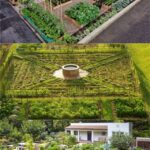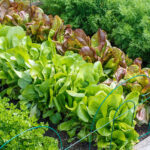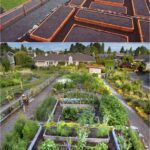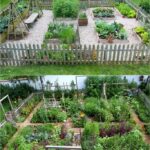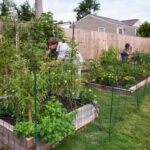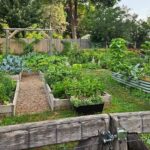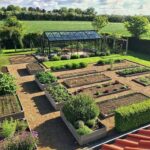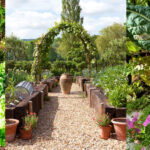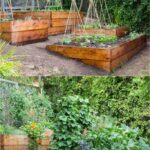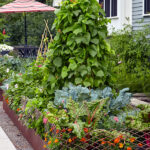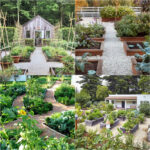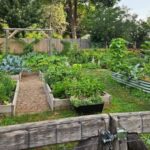When planning a vegetable garden design, there are several important factors to consider in order to create a successful and productive garden space. The layout of the garden is one of the most crucial aspects to consider, as it will determine the overall look and feel of the garden as well as how easily it can be maintained. There are several different options to consider when designing the layout of a vegetable garden, including raised beds, container gardening, and traditional row planting.
Raised beds are a popular option for vegetable garden design, as they offer several advantages over traditional planting methods. Raised beds provide better drainage and aeration for the soil, which can help to prevent common problems such as root rot and soil compaction. They also offer better weed control and are easier to maintain, as the soil can be easily amended and fertilized as needed. Raised beds can be constructed from a variety of materials, including wood, metal, and even recycled materials such as old pallets or cinder blocks.
Container gardening is another popular option for vegetable garden design, especially for those with limited space or poor soil quality. Containers can be placed on a patio, balcony, or even a windowsill, making them ideal for urban gardeners or those with limited outdoor space. Vegetables grown in containers can be just as productive as those grown in the ground, as long as they receive adequate sunlight, water, and nutrients. There are a wide variety of containers available for vegetable gardening, including traditional pots and planters, hanging baskets, and even self-watering containers.
Traditional row planting is a classic vegetable garden design method that is still widely used today. In a traditional row planting layout, vegetables are planted in long, straight rows, with ample space between each row to allow for easy access and maintenance. This layout can be especially useful for gardeners who prefer to use mechanical tools such as tillers or cultivators, as they can easily navigate between the rows. However, traditional row planting can also be labor-intensive, as it requires regular weeding and maintenance to keep the garden looking tidy and productive.
When planning a vegetable garden design, it is also important to consider the types of vegetables you want to grow and their specific needs. Some vegetables, such as tomatoes and peppers, require full sun and well-drained soil, while others, such as lettuce and spinach, prefer partial shade and moist soil. Grouping vegetables with similar needs together can help to maximize the productivity of the garden and ensure that each plant receives the proper care and attention it requires. Additionally, rotating crops from year to year can help to prevent soil-borne diseases and nutrient depletion, ensuring the long-term health and productivity of the garden.

